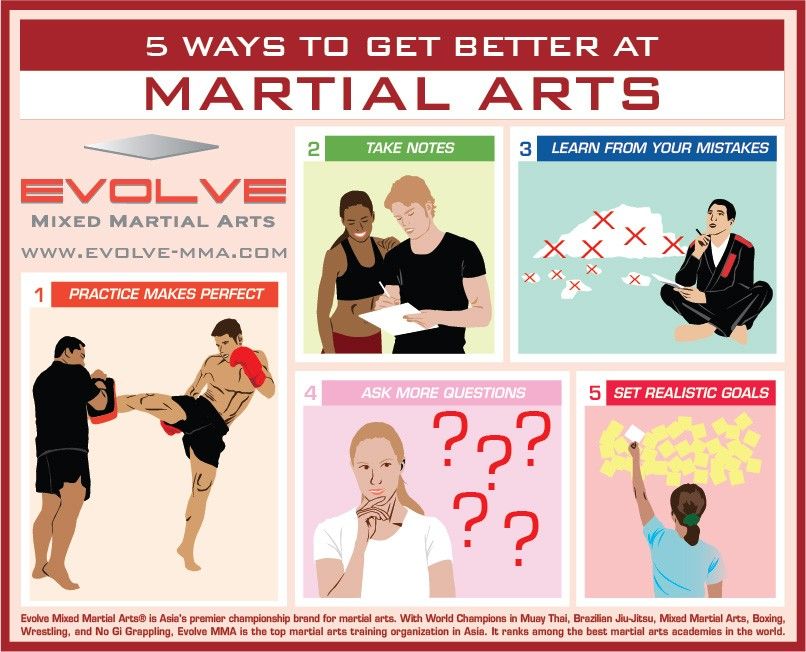Start A Fascinating Adventure Right Into The World Of Martial Arts, Where The Combination Of Age-Old Personalizeds And Modern Efficiency Awaits
Start A Fascinating Adventure Right Into The World Of Martial Arts, Where The Combination Of Age-Old Personalizeds And Modern Efficiency Awaits
Blog Article
Content Composed By-Barber Stokes
Enter the old globe where martial arts were substantiated of necessity in varied regions. Cultures crafted special fighting styles linked with historical contexts. Strategies advanced over centuries with devoted practice and cultural exchanges. Today, contemporary martial arts blend conventional elements for optimal efficiency. Philosophically, martial arts emphasize technique, self-improvement, and harmony. Regard, humbleness, and equilibrium are fundamental principles guiding experts in the direction of development and durability. Explore the depths of this abundant history and philosophy to reveal the profound influences shaping this enduring technique.
Beginnings of Fighting Style
Martial arts came from numerous areas all over the world, developing as practical battle systems to resist threats. These ancient combating styles were established out of requirement, with each society crafting strategies suited to their one-of-a-kind settings and obstacles. From the grappling arts of Jujutsu in Japan to the striking methods of Kung Fu in China, martial arts were deeply linked with the historic, social, and social material of their particular cultures.
In Japan, the samurai class polished martial arts like Kenjutsu, the art of the sword, which later on developed into the much more promoted type of Kendo. Meanwhile, in Brazil, Capoeira emerged as a blend of dancing and fight, developed by enslaved Africans as a way to withstand oppression. Each fighting style carries with it a rich history and philosophy, reflecting the worths and ideas of individuals who practiced them.
As you explore the origins of martial arts, you reveal a tapestry of human ingenuity, strength, and the unyielding spirit of warriors throughout time.
Evolution of Techniques
Through centuries of technique and improvement, fight methods within various martial arts have actually undergone a profound advancement. From ancient styles like Martial art and Karate to more modern-day disciplines such as Brazilian Jiu-Jitsu and Krav Maga, the evolution of techniques has actually been driven by a combination of cultural impacts, practical applications, and technical improvements.
One significant aspect of this evolution is the cross-pollination of methods between different martial arts. For you can try these out , techniques from traditional Japanese Jiu-Jitsu were incorporated into the production of Judo by Jigoro Kano in the late 19th century. This blending of styles has actually resulted in the advancement of hybrid martial arts like Mixed Martial Arts (MMA), which combine aspects of striking, grappling, and entry techniques.
Moreover, https://felixrdoaj.blog-eye.com/35608489/the-viability-of-martial-arts-classes-for-people-throughout-every-age-groups of strategies has been formed by the raising emphasis on effectiveness and efficiency in battle. Specialists have constantly looked for to refine their methods via strenuous training, trial and error, and competitors, resulting in the growth of very specialized and efficient battling designs. Generally, the advancement of techniques in martial arts shows the dynamic nature of combat and the recurring mission for renovation and advancement.
Philosophical Structures
Exploring the underlying philosophical concepts of martial arts provides insight into their core worths and guiding beliefs. At the heart of several martial arts disciplines is the idea of self-control itself. By training preschool karate class and body to serve as one cohesive device, you grow technique that expands beyond the dojo or fitness center right into daily life. This self-control encompasses regard, humbleness, and self-discipline, forming not just your physical capabilities however additionally your personality.
One more fundamental philosophical structure in martial arts is the idea of continual self-improvement. The journey of understanding a martial art is relentless, with professionals constantly aiming to better themselves, both physically and emotionally. This concentrate on development promotes durability, determination, and a development state of mind that can be related to all facets of life.
Moreover, martial arts highlight the significance of consistency and balance. Strategies are developed to make use of an opponent's power versus them, highlighting the concept of producing and redirecting force instead of satisfying it head-on. This philosophy extends to interpersonal partnerships, promoting tranquil resolutions and good understanding. By embracing these thoughtful structures, martial musicians not just enhance their combat abilities yet additionally cultivate a way of living centered on individual development, regard, and consistency.
Conclusion
Finally, the background and viewpoint of martial arts provide a rich tapestry of tradition, discipline, and self-improvement.
Take for instance the story of Bruce Lee, that transformed martial arts by mixing various styles and viewpoints to create his very own unique form of Jeet Kune Do.
With dedication and development, martial musicians continue to press limits and motivate others to reach their full potential both in battle and in life.
